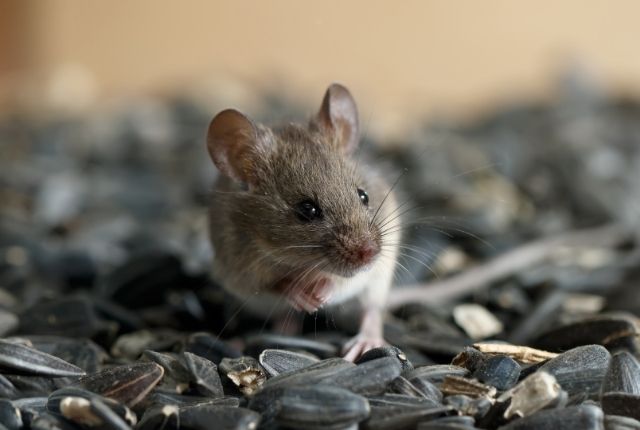Mice are a common pest in homes, and like most bugs, they have their share of myths and wrong ideas about them. These myths can make it hard to understand how mice act and how to get rid of them. Let’s get rid of some of the most common myths about mice and get to the truth.
Myth 1: Their favourite food is cheese
The idea that mice love cheese is one of the most persistent myths. Mice will eat cheese if they can get it, but they are more likely to eat whatever is around. They like wheat, cereals, and other foods that are high in carbs. Most of the time, peanut butter works better than cheese as food for mouse traps.
Myth 2: Mice Can’t See
Mice aren’t blind; they can see quite well, even though they are nearsighted. Even though they can’t see well, they make up for it with their great senses of smell and sound. This mix of senses helps them find their way in the dark.
Myth 3: Mice only live in homes that are dirty.
Mice can get into any house, no matter how clean it is. Even if you keep your house clean, mice can still get in. Mice are drawn to places that are warm and have a steady supply of food. Many houses have both of these things.
Myth 4: Mice are only active at night
Mice are usually active at night, but they can be active during the day if they feel safe. If you see mice during the day, it could mean there are more of them than you thought because they are running out of places to hide.
Myth 5: Cats will always catch mice.
Even though cats are known for catching mice, not all cats are naturally good at it. Some cats might not want to chase mice, and others might not be good trackers. It’s not a good idea to count on your pet cat alone to get rid of a mouse problem.
Myth 6: Mice don’t do any harm.
Even though mice are small, they can be very dangerous to your health. They can spread diseases like Hantavirus and Salmonella to people through their droppings, urine, or spit. Their habit of chewing can also cause damage to things.
Myth 7: One mouse isn’t important.
Just because you see one mouse doesn’t mean you only have one. Mice are social and live in groups called colonies. If you see one, it’s likely that there are more close. Leaving a single mouse alone can lead to a bigger problem.
Myth 8: Mice like to travel by themselves.
Mice like to have company. They often live in groups called tribes and claim land for themselves. If you have a mouse problem, there are probably more than one mouse in your home. Each mouse has its own area.
Myth 9: Mice can jump very well.
Mice aren’t the best at jumping. They can jump about 12 inches up and down and up to 18 inches side to side. Because they can’t jump very high, they often climb or squeeze through small spaces to get to other parts of a house.
Myth 10: It’s easy to catch mice
When it comes to traps, mice can be very careful. It might not be enough to just set up a few traps to catch them. It’s important to know how mice behave and put traps in places where mice are likely to go.
For successful mouse control and prevention, it’s important to know the truth about house mice. If you don’t get rid of them, these small pests can cause a lot of trouble, so it’s important to get rid of the myths and deal with mouse issues with accurate information and tried-and-true pest control methods. If you think you have mice in your home, it’s best to call a professional to make sure the problem is fixed completely and effectively.
Fast, effective, and guaranteed mouse control services in Port Hope. We have licensed and insured exterminators on our team that go above and beyond to make sure your mouse infestation is completely gone.

